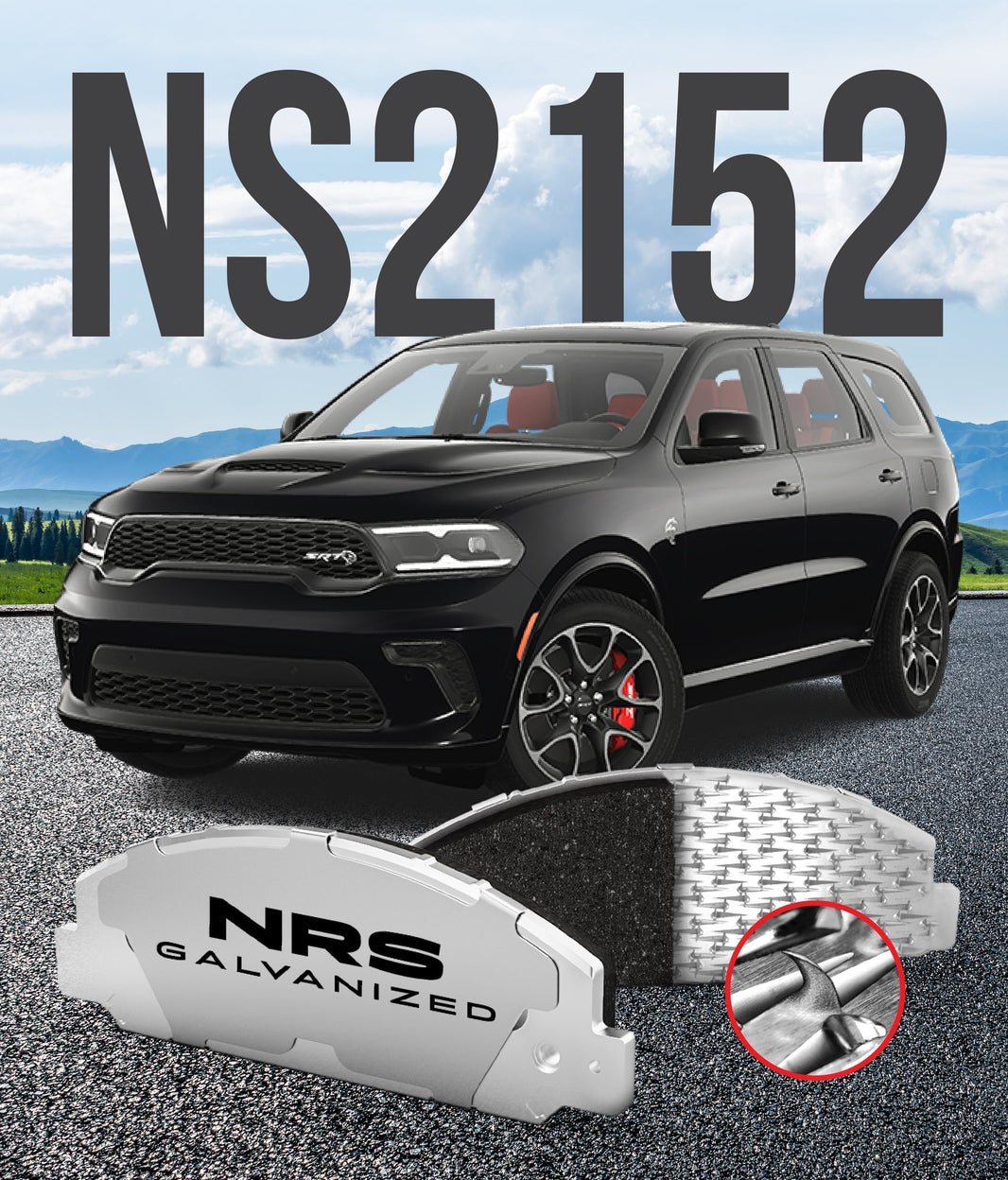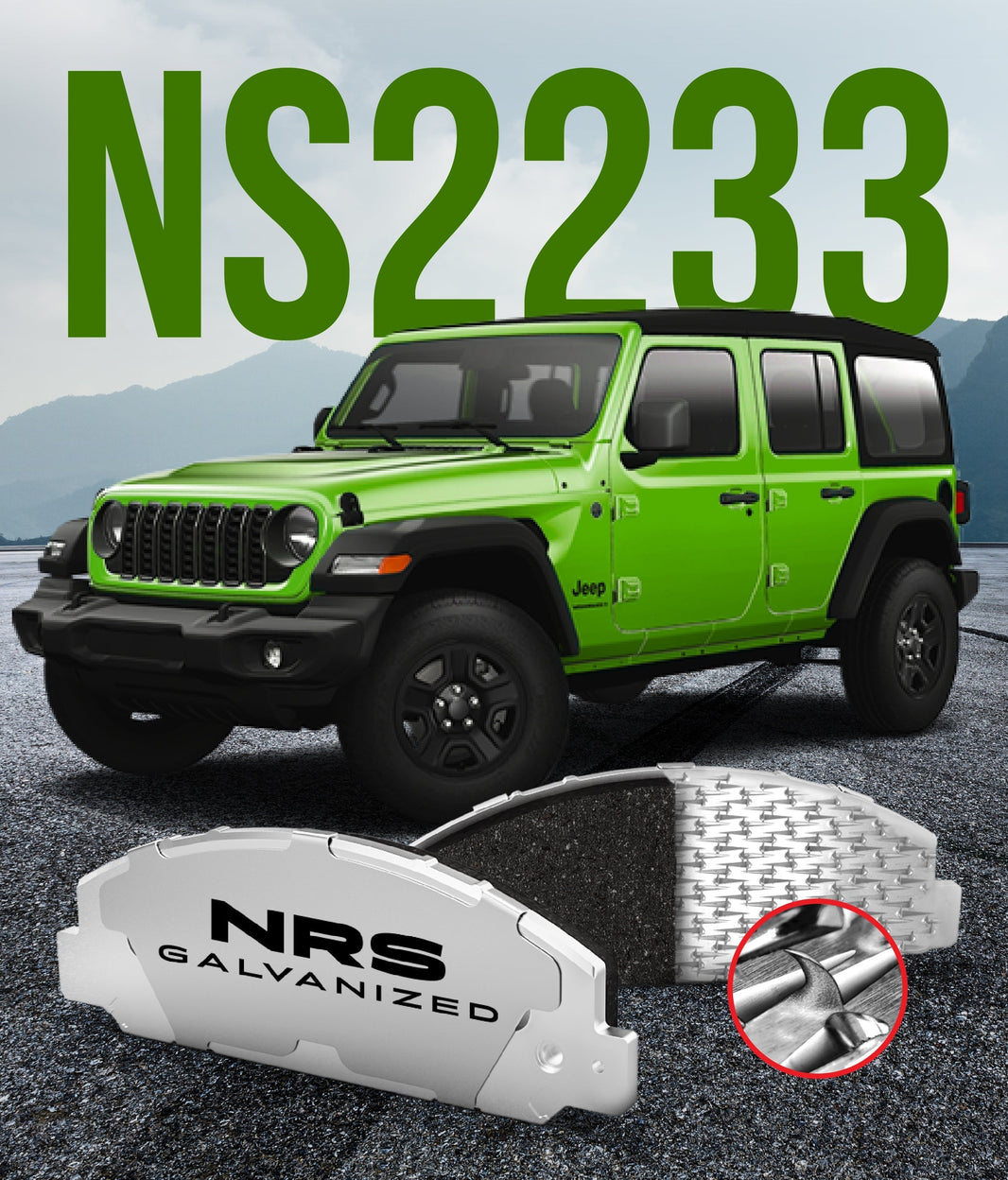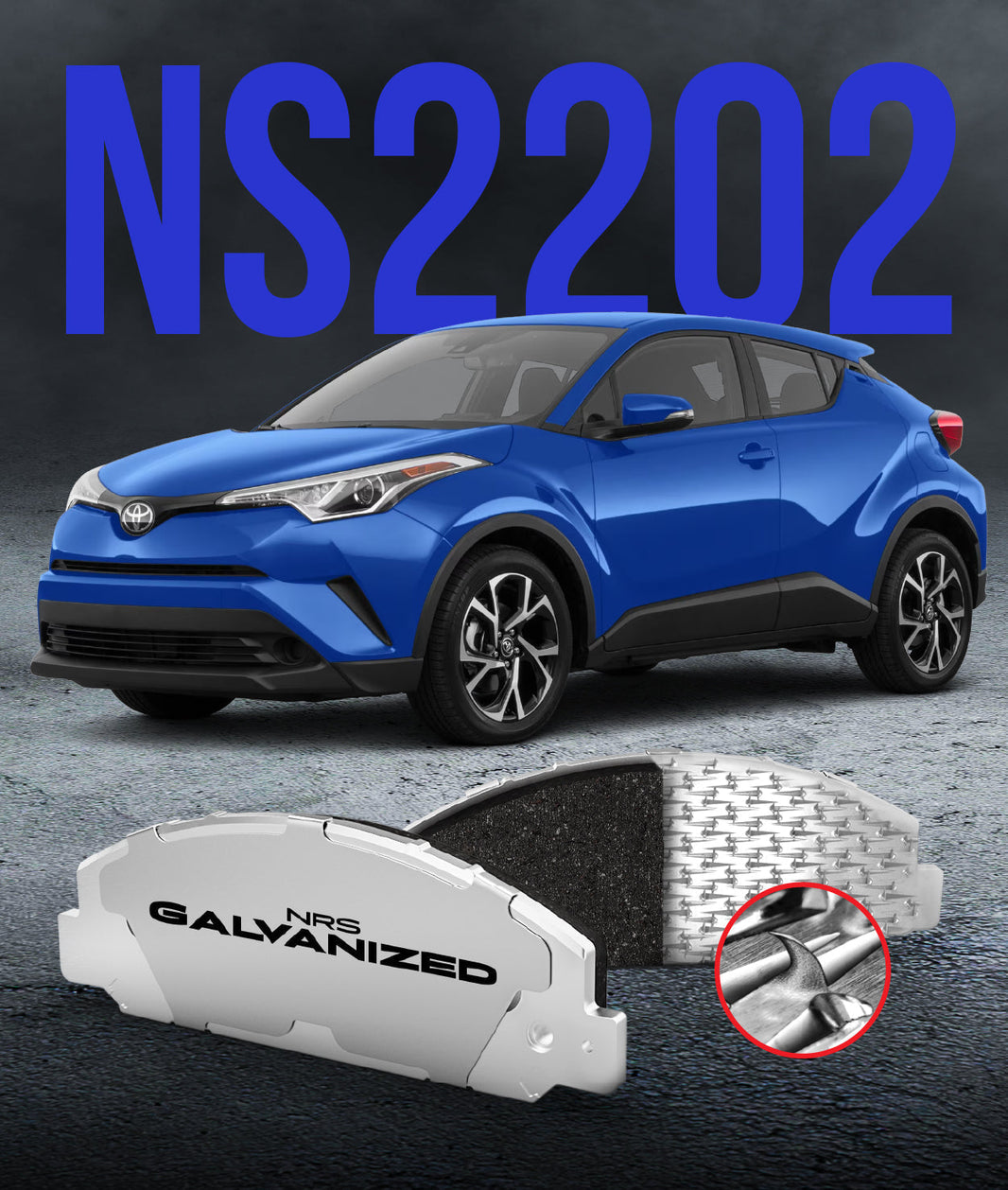
Understanding the cost of a brake pad replacement is a crucial part of responsible car ownership. After all, your brakes are the most important safety feature on your vehicle. The average cost to replace brake pads on a single axle (either the front or rear wheels) typically ranges from $150 to $350.
However, this is just a starting point. The final price on your invoice can climb much higher, especially if other components like rotors also need service. A complete brake job can easily cost between $300 and $700 per axle.
Why such a wide range? The final cost depends on a few key variables. This definitive guide will walk you through every factor, break down the costs, and help you understand how investing in quality parts can save you money in the long run.
Main Factors Influencing Brake Pad Replacement Cost
Here are the primary variables that determine the final price of a brake job.
1. Your Vehicle Type
The make and model of your car have a significant impact on the price.
-
Economy & Commuter Cars: A Honda Civic or Toyota Corolla will have the most affordable brake parts and are generally simpler to service, resulting in lower labor costs.
-
Trucks & SUVs: A Ford F-150 or Chevrolet Tahoe requires larger, more robust brake pads and rotors to handle the extra weight, making their parts more expensive.
-
Luxury & Sports Cars: A BMW 5 Series or Porsche 911 uses high-performance, specialized brake systems. The parts are premium, and the labor can be more complex, leading to the highest costs.
-
Electric & Hybrid Vehicles (EVs): While EVs use brake pads, they also utilize regenerative braking, which slows the car using the electric motor. This significantly reduces wear on the physical brake pads, meaning they often last much longer than on a conventional vehicle.
2. Brake Pad Material (Quality vs. Price)
The type of brake pad you choose is a major cost factor. You generally get what you pay for in terms of performance, noise, and lifespan.
-
Organic Pads: Generally the cheapest, but they wear out the fastest and may not offer the best performance.
-
Semi-Metallic Pads: A good middle ground, offering durable performance at a reasonable price, though they can be noisy.
Ceramic Pads: Typically the most expensive upfront, but they offer quiet operation, low dust, and a long service life, providing excellent long-term value.

3. The Condition of Your Rotors and Calipers
Your brake pads don't work alone. The condition of related hardware is often the biggest source of unexpected costs.
-
Brake Rotors: These are the large metal discs the pads squeeze. Over time, they can become too thin, develop a warped surface from heat, or get scored by worn-out pads. In the past, mechanics would "resurface" or "machine" rotors, but with modern vehicle design, full replacement is now the safer and more common recommendation. If you feel a pulsing or vibration when you brake, it’s a strong sign you need new rotors.
-
Brake Calipers: Calipers are the hydraulic clamps that hold the pads. Though they last a long time, they can eventually seize or leak. Symptoms of a bad caliper include the car pulling to one side when braking or a persistent burning smell. Caliper replacement is less common but is a significant added expense.
4. Labor Costs and Getting Quotes
Labor rates can range from $100 to over $200 per hour. This cost depends on your geographic location and the type of shop. To ensure a fair price, it's always wise to call two or three local, trusted mechanics to get a quote for your specific vehicle.
DIY vs. Professional Installation: A Safety-First Decision
-
DIY (Do-It-Yourself): The primary benefit is saving money on labor. However, this is not a job for a beginner. It requires specific tools, including a hydraulic jack, jack stands, a wrench set, a C-clamp, and potentially other specialty tools. An error during installation can lead to complete brake failure. If you are not 100% confident, do not attempt this repair.
-
Professional Installation: This is the recommended path for most drivers. The benefits include peace of mind, access to expert knowledge, proper tools, and often a warranty on both the parts and the labor. A professional will also ensure old parts and brake fluid are disposed of correctly.
Average Cost Breakdown: Parts vs. Labor
To understand your quote, it helps to see how the costs are divided.

The NRS Brakes Value Proposition: A Smarter Investment
When considering cost, it's tempting to choose the cheapest parts. However, with brakes, a lower upfront price can cost you more in the long run. Standard brake pads often use simple glue to attach the friction material to a painted steel backing plate. This design is prone to failure from rust and heat, causing the pad to separate (delaminate) long before it's worn out. This means you'll be paying for another replacement job much sooner.
NRS Brakes are engineered for longevity and safety. We use galvanized steel backing plates that resist rust and patented SHARK-Metal™ mechanical attachment to permanently fuse the friction material to the plate.
This means an NRS brake pad will last to its full potential, providing a longer service life and preventing premature failure. By investing in a premium quality pad, you reduce the frequency of replacement jobs, saving you significant labor costs over the life of your vehicle.
Frequently Asked Questions (FAQ)
Is it cheaper to replace all 4 brake pads at once? Yes, most shops offer a better price on labor if you replace the pads on both the front and rear axles during the same visit, even though the total cost will be higher than a single-axle job.
Why are dealership brake jobs more expensive? Dealerships typically charge more for both their OEM (Original Equipment Manufacturer) parts and their hourly labor rates compared to independent shops.
Should I also get a brake fluid flush? A brake fluid flush is often recommended every 2-3 years or during a major brake job. It removes old, contaminated fluid and ensures optimal performance of the entire braking system, though it will add to the overall cost.




